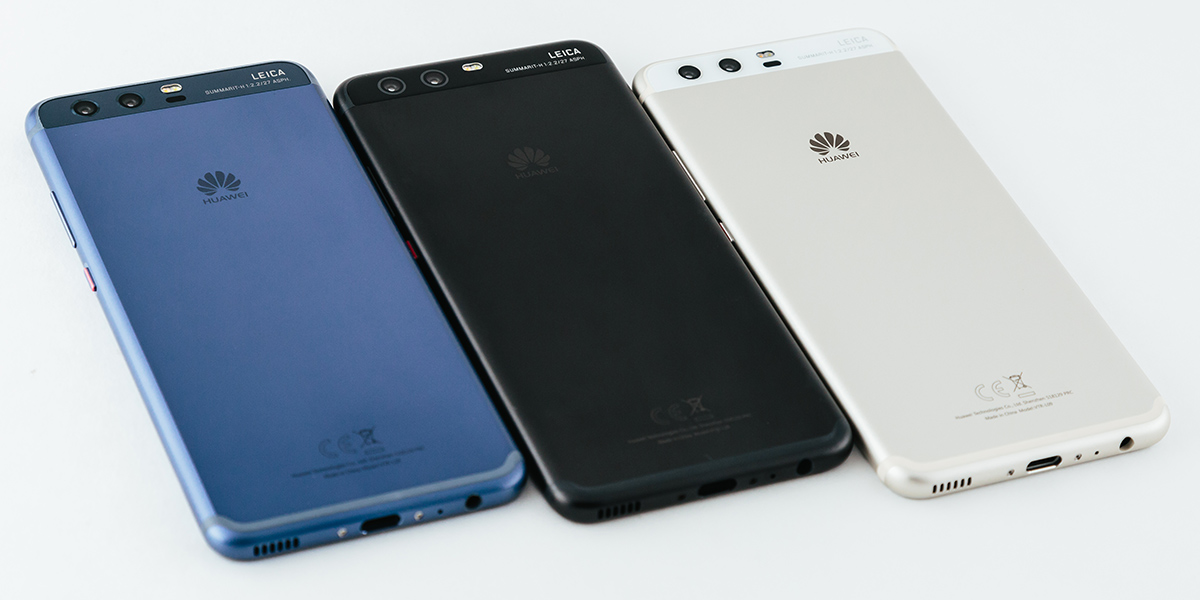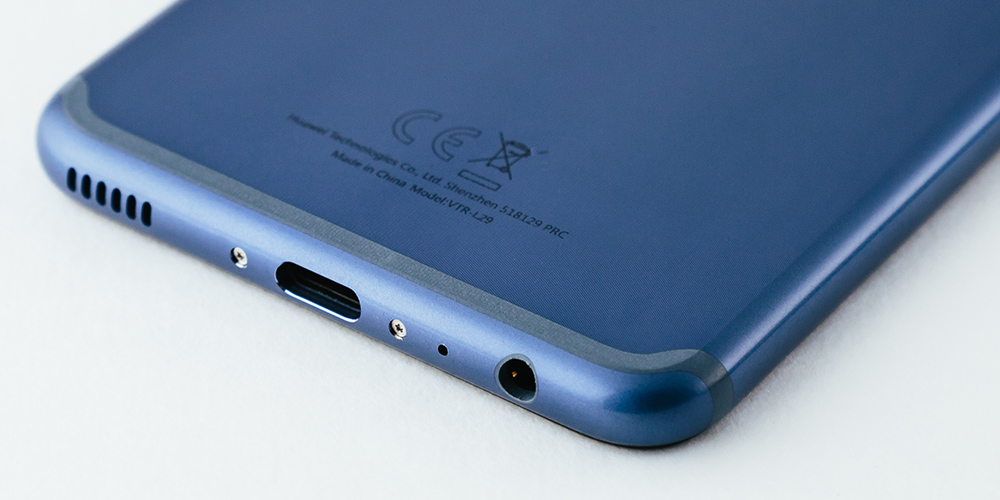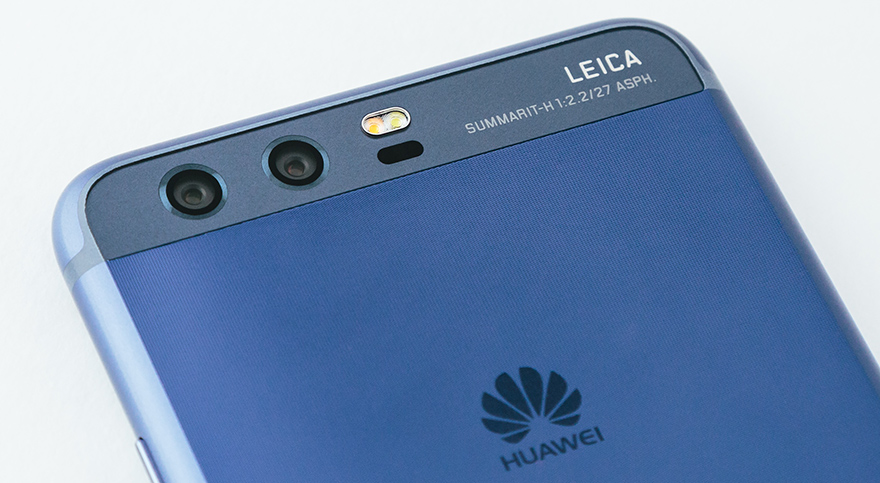Huawei P10 and P10 Plus: Performance & Battery Life Report
by Matt Humrick on May 12, 2017 7:00 AM ESTFinal Words
The P10 and P10 Plus are fast. At least they are when using LPDDR4 RAM and UFS 2.0 NAND like both of our review units. It would have been nice to receive a unit with a different memory type (assuming Huawei is actually shipping units with slower hardware) to explore the performance impact, but that’s outside our control.
In both objective and subjective testing, the P10s produced mostly positive results. Apps launch and run quickly, Huawei’s EMUI remains fluid and responsive, and switching between apps is a breeze. The only area where the P10s showed some inconsistency was when running the browser JavaScript tests, where they were slower than the older P9 in 2 of the 3 tests. The differences were not huge, however, and I do not see this being an issue. In all of our other testing, notably PCMark, the P10s were as fast as the Mate 9 and a little faster than the P9.
The P10s’ bigger GPU gives peak performance a huge boost relative to the P9 and makes it competitive at least with the Adreno 530 in Snapdragon 820. Unfortunately, the GPU’s power efficiency is poor, which is exacerbated by its absurd 1037MHz peak operating point that serves no purpose other than to boost benchmark scores. The good news is that the P10 supports all of the latest 3D graphics APIs and its sustained performance is on par with other flagships with 1080p displays and Snapdragon 820 SoCs.
The P10 Plus’ higher-resolution 1440p display forces the GPU and memory to work harder and reduces performance for games that render at the panel’s native resolution. The additional pixels will be useful if you plan to use the P10 Plus with Huawei’s VR headset, but its IPS panel is not Google Daydream compatible, and the extra pixels are not otherwise necessary for a 5.5-inch IPS display.
The P10’s larger battery and lower power consumption generally improve battery life relative to the P9. Under light to casual use scenarios, the P10 should make it through a full work day, although, heavier workloads that light up the big CPU cores (and especially the GPU) will drain the battery noticeably faster, forcing you to reach for the wall socket to top off. It’s a similar story for the P10 Plus despite its larger battery. Our review sample consistently fell behind the smaller P10 in our battery tests and during real-world use. Its larger, higher-resolution display is partially to blame, but it appears the Kirin 960 SoC in our particular P10 Plus is a lower-binned part, because it consistently drew more power than the SoC in the P10.
In terms of performance and battery life, the smaller P10 is the better choice unless VR is an important use case for you. The uncertainty surrounding memory components casts a gray cloud over the P10 and P10 Plus, however. With the right components, they perform very well. Opening and installing apps may be a little slower if you get one that uses eMMC NAND, but most people probably will not notice. The reduction in memory bandwidth from using LPDDR3 RAM could be significant for serious gamers and VR applications. And because eMMC NAND and LPDDR3 RAM consume more power than the newer parts, there will be some small reduction in battery life too. So while there is some risk that the P10 or P10 Plus you buy will not perform as well or last as long as our test units, most people should still be satisfied with the overall experience.













74 Comments
View All Comments
Matt Humrick - Sunday, May 14, 2017 - link
It looks like the idle power numbers you quote were measured with the screen brightness set to maximum, so they are not very useful. The Kirin 960 SoC does draw more power than the Kirin 950/955 as our analysis showed, though. There are several reasons for this that are specific to this SoC and are not software related.Trixanity - Sunday, May 14, 2017 - link
Hmm, that appears to be the case but it seems odd that both the P9 and P10 reviews would have maximum brightness and the others would not. Makes no sense to me but of course that's something to critique the author of and not you :)I don't recall there being device power consumption averages in your analysis. I would like to see how various devices do. We all see how the iPhone pulls incredible idle/standby numbers (in hours) but starts to falter during load (probably due to the smaller batteries) and we also see how Samsung generally does well in load scenarios due to reasonably efficient internals including advances in AMOLED efficiency giving them an edge while getting flak for poorly optimized software (Snapdragon variant especially) that ruins the user experience with stutters.
ePambos - Sunday, May 14, 2017 - link
Dear Matt, thanks for your suggestion. Haven't tried putting the P10 in Airplane mode overnight, cause I still need to have access to phone calls. But keep in mind that the P9 was operating in the very same conditions. I will try to test force-using other bands than 4G and check wether it is a signal strenght issue related to one specific band...ePambos - Friday, July 7, 2017 - link
Hi... Just an update. After the latest firmware update -which clearly stated right at the top "enchancement in battery life- I can attest to enormous difference in the battery life of my P10. Now it is directly comparable to the battery life I was getting from my P9. Latest version is VTR-L09C432B150... Is there any chance to re-run some test (including idle power consumption)? It would surely make for a pretty intereting read to see how just a firmware update affects battery life or performance...ePambos - Friday, July 7, 2017 - link
Hi... Just an update. After the latest firmware update -which clearly stated right at the top "enchancement in battery life- I can attest to enormous difference in the battery life of my P10. Now it is directly comparable to the battery life I was getting from my P9. Latest version is VTR-L09C432B150... Is there any chance to re-run some test (including idle power consumption)? It would surely make for a pretty intereting read to see how just a firmware update affects battery life or performance...rubene66 - Sunday, May 14, 2017 - link
I am still waiting for the complete galaxy s8 exynos review !tuxRoller - Sunday, May 14, 2017 - link
F2fs shouldn't be noticably faster than ext4 except when a program forces an fsync.The fs mount options matter more than the fs when it comes to these two.
asfletch - Wednesday, May 17, 2017 - link
Late to the party I know, but P10 just arrived in Australian stores, so I got to play with one yesterday. It does seem snappy, but I had more missed touches than I've had with any other (expensive) phone. The factory screen protectors were left on, but they're pretty thin so shouldn't have been the problem.I checked YouTube and some reviewers are also experiencing this - did you experience it at all Matt?
JohnLinc - Friday, May 19, 2017 - link
This phone is very good based on performance registered12345 righttehranbarbary - Tuesday, June 6, 2017 - link
<a href="http://tehranbarbary.com" >باربری تهران</a>